Table of Contents
PENGUIN CLASSICS
CLASSICS MY INVENTIONS AND OTHER WRITINGS
NIKOLA TESLA (18561943) was born in Smiljan (modern-day Croatia), but traveled to America in his youth and remained there, becoming a naturalized citizen in 1891. During his lifetime, he contributed immensely to the field of electrical engineering and is responsible for alternating current electricity, the bifilar coil, and the bladeless turbine. He was chiefly responsible for the invention of the radio due to his research on wireless communication devices. Although less well known than his contemporaries Edison and Marconi, Tesla surpassed both with his contributions to modern science. Supposedly because of his competitive relationship with Edisonand their mutual inclination to discredit each other at every chanceboth were passed over for the Nobel Prize; Marconi received the prize for physics for his invention of radio in 1909 (after Teslas death in 1943, his patent on radio was finally upheld by the Supreme Court, a ruling that served as the basis for patented radio technology in the United States). Troubled by phobias and, possibly, obsessive compulsive disorder, Tesla lived out the last ten years of his life in solitude at the Hotel New Yorker. He died in 1943, in debt despite his numerous scientific contributions and patents.
SAMANTHA HUNT is the author of two novels, The Seas, for which she received the 5 under 35 Award from the National Book Foundation, and The Invention of Everything Else, short-listed for the Orange Prize for fiction. She writes fiction for The New Yorker and is fascinated by the life of Nikola Tesla, the subject of her novel The Invention of Everything Else.
Introduction
One evening in 1865 there was a buzzing in Smiljan, Croatia, a yearly plague of June beetles. The buzz kept the nine-year-old Nikola Tesla awake. In the morning he filled a glass jar to brimming with the big bugs and, selecting the hardest workers among them, glued the beetles thoraxes to the gear of a small motor hed built. The motor turned and Teslas heart raced, as he understood that he and his latest invention would usher in an era when humans could abandon all manual labor. The world would now be powered by indentured insects. Lost in his glorious scheme, Tesla did not notice another boy enter his workshop until the boy, out of jealousy or perhaps simple hunger, dipped his hand into the glass storage jar, pulled out a fistful of bugs and enjoyed a leggy snack. Nikola vomited in the bushes, and insects remain an uncolonized species to this day. But the idea of harnessing natural energy and a penchant for crafting nearly magical devices would always stay with the young inventor.
Set back from the intersection of Thirty-fourth Street and Eighth Avenue in New York City theres a plaque, lonely in the gathering noise, easily escaping notice. It is a wallflower placed so awkwardly high off the street that it is difficult to read.
HERE DIED, the plaque begins, THE GREAT YUGOSLAV-AMERICAN, SCIENTIST-INVENTOR, NIKOLA TESLA. Those two hyphens had to be cast in bronze in order to carry all that they leave unsaid. Still, they are a place to begin remembering this most forgotten man.
Quickly, Nikola Tesla is responsible for our modern electrical systemalternating current. He was an inventor, an engineer, a scientist and oddball. It was Tesla, not Marconi, who invented radio. Though history books tend to forget it, the U.S. Supreme Court, in a gavel drop that no one heard, upheld Teslas patent a few months after his death. Yet nearly everyone passing below this quiet plaque has no idea who Tesla was. All the Nikola Tesla High Schools that should pepper America are still figments. In truth, fairly few things bear his name. There is the international unit of magnetic flux density, the tesla, most often used by MRI technicians. It is a nice tribute but it is no watt, no volt.
Great masses of people pass below the plaque never knowing that Tesla lived most of his life alone in New York City hotel rooms. They dont know that he believed he was married to a pigeon or that he was friends with Mark Twain. And they dont know that, more than any one man, Nikola Tesla is responsible for the twentieth century.
When I first encountered My Inventions it was as an implausible work titled The Strange Life of Nikola Tesla. I dismissed the text as an invention itself, one concocted by a flamboyantly imaginative fan of Teslasa fairly common species. Sentences like When I drop little squares of paper in a dish filled with liquid, I always sense a peculiar and awful taste in my mouth convinced me that The Strange Life of Nikola Tesla was some sort of hoax. The story it told was too weird to be his. An engineering genius could never have drafted such a magnificently unscientific textone that sometimes reads as if it has been written by a carnival barker. And now I will tell of one of my feats with this antique implement of war which will strain to the utmost the credulity of the reader. Indeed.
But The Strange Life of Nikola Tesla was not a fabrication. Though that title had been added after his death, the text was in fact Teslas work, first published serially in 1919 in The Electrical Experimenter magazine under the title My Inventions. These essays tell the story of his early life, the rotary magnetic field, the Tesla coil and transformer. Each installment is a wondrous hybrid: part autobiography, part science, part ars poetica filled with earnest confessions and self-examinations frank as a childs. Stories of his boyhood cunning in catching rats, dueling with cornstalks, or attempting to fly off a barn roof mingle with sentences like It is a resonant transformer with a secondary in which the parts, charged to a high potential, are of considerable area and arranged in space along ideal enveloping surfaces of very large radii of curvature, and at proper distances from one another thereby insuring a small electric surface density everywhere so that no leak can occur even if the conductor is bare. One paragraph alone traipses through clockworks, guns, and Serbian poetry. Tesla was a true liberal artist; his intelligence was unspecialized; his genius general. Voltaire exists alongside voltage. Engineering is poetry, as Tesla would broker no separation between art and science.
Perhaps because of this his writing can read like a work of science fiction:
I may mention that only recently an odd looking gentleman called on me with the object of enlisting my services in the construction of world transmitters in some distant land. We have no money, he said, but carloads of solid gold and we will give you a liberal amount. I told him that I wanted to see first what will be done with my inventions in America, and this ended the interview. But I am satisfied that some dark forces are at work.
The story he makes of his life and ideas is so engaging that it is hard not to ask, Is this real? And then, Does it matter? Tesla was, after all, an inventor, and we would never deign to question the reality of one of his patents.
When originally published in the pages of The Electrical Experimenter, My Inventions mingled with an astonishing variety of colorful articles: Soldiers Ills Cured by Electricity, Will Man Freeze the Earth to Death?, Women Now Trained as Meter Maids, Wood Finishing for the Amateur, and Home Experiments in Radio-Activity. One



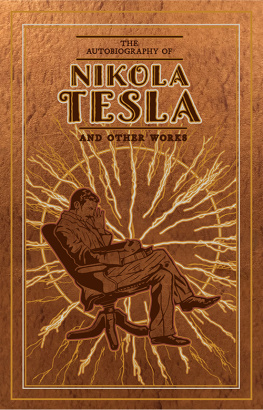

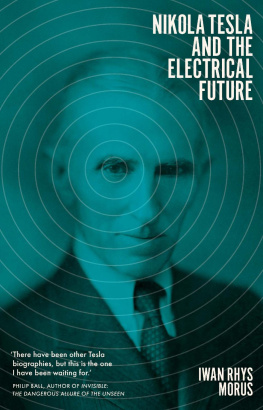
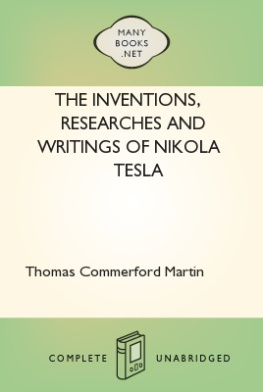
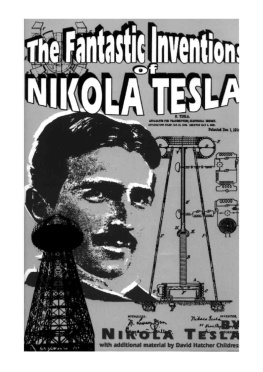
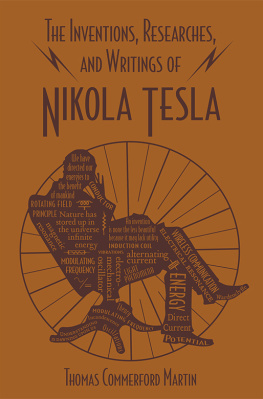
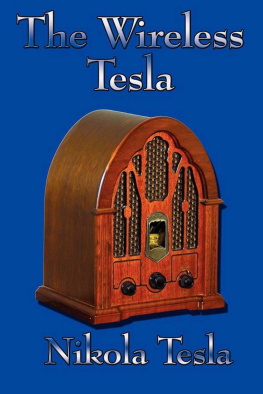
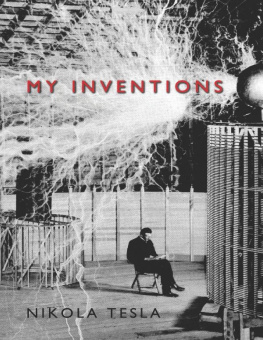
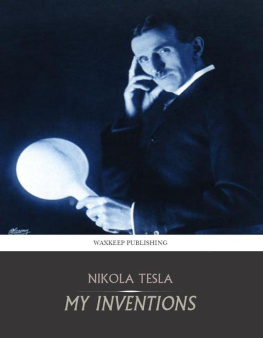

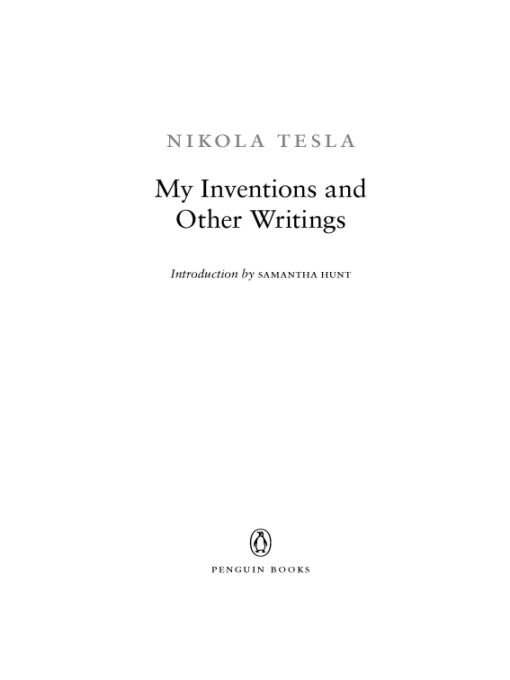
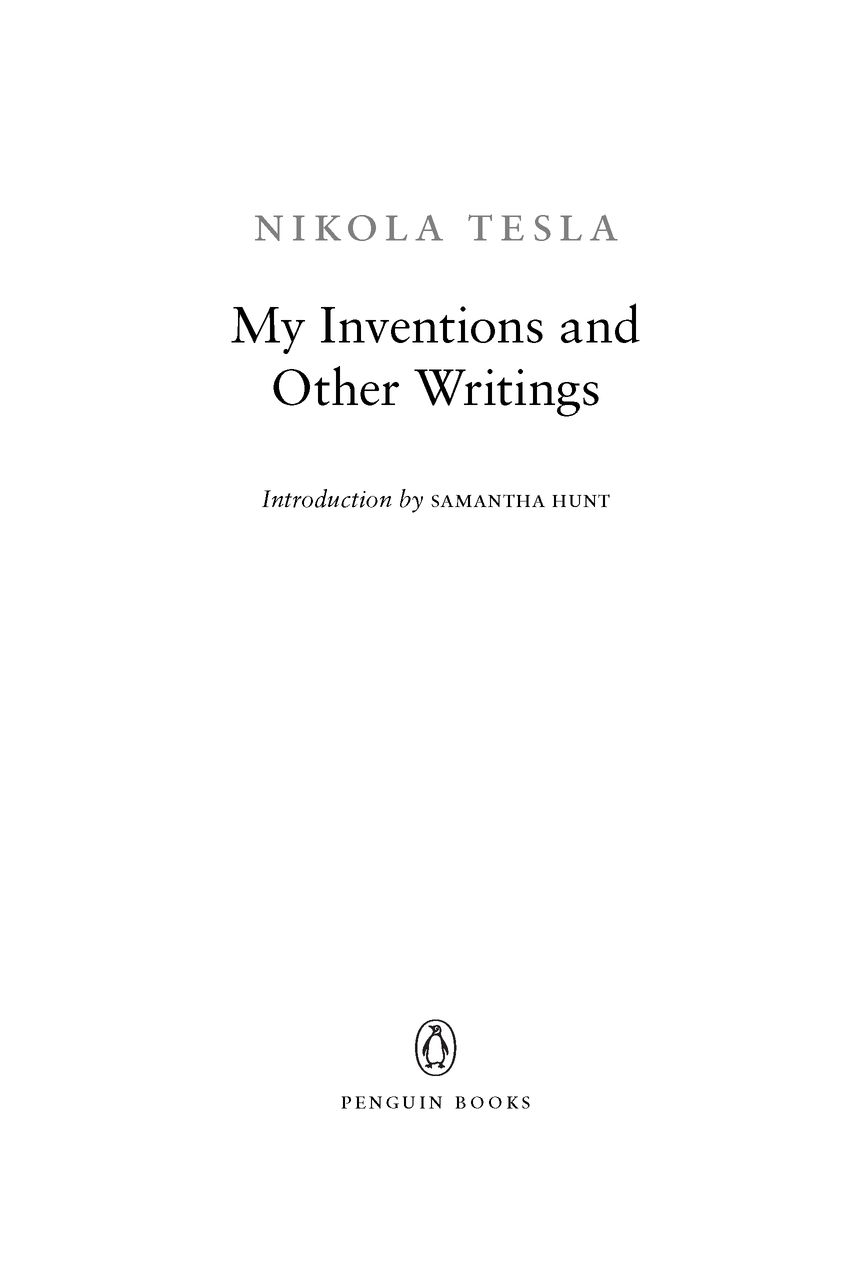
 CLASSICS
CLASSICS